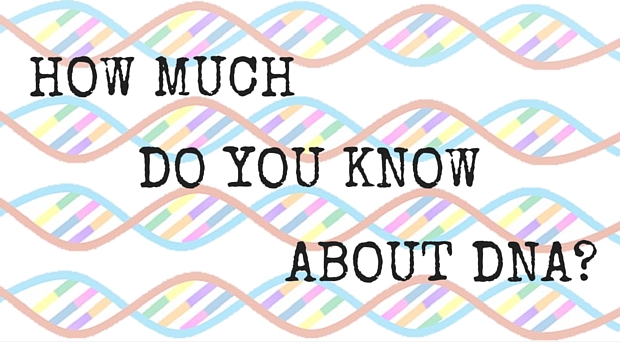
[slickquiz id=6]
Latest posts by Joseph Hasan (see all)
- Personalized nutrition: a Q&A with Ahmed El-Sohemy - 25th June 2021
- DNA Day Quiz 2021 - 23rd April 2021
- Transposon Day Quiz 2020 - 16th June 2020
National DNA Day is celebrated on 25 April. The goal of this special day is to offer students, teachers, and the public an opportunity to learn about the latest advances in genomic research, and how those advances might impact all of our lives.
1
[slickquiz id=6]
One Comment